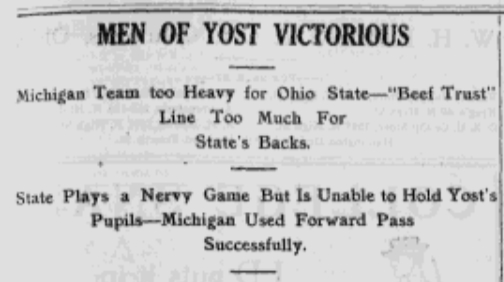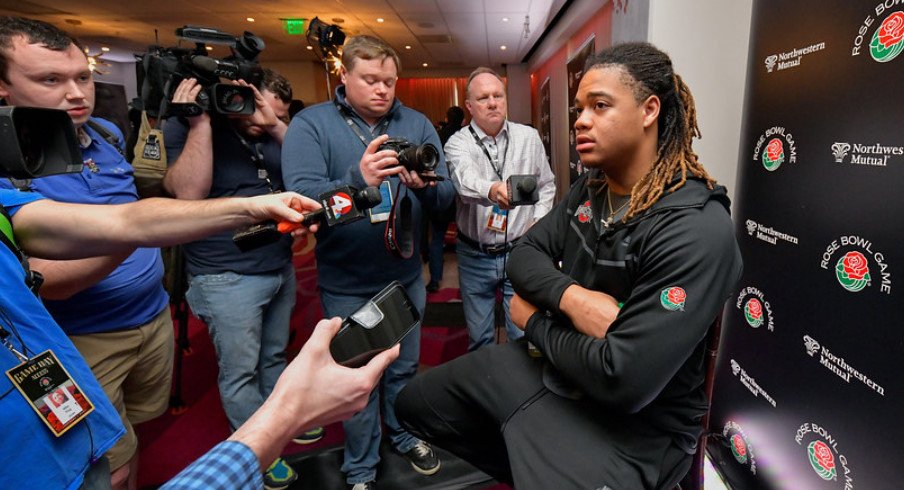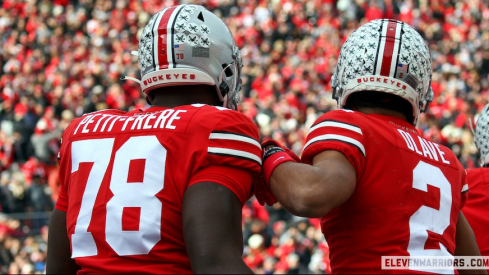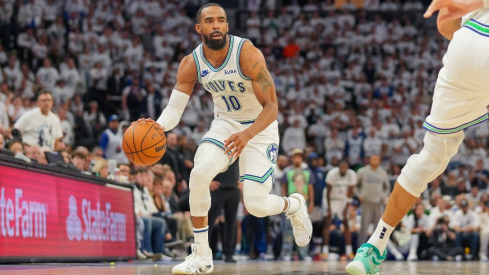I've mentioned this before, but I used to live in Japan.
Rural, southern Japan to be exact, and that carries with it all the weird assumptions and stereotypes that come with living in the rural American south. I could go on for a while about the strangely comforting sight of a couple of Japanese dudes working on a crappy pickup truck in front of a soybean field, but for the purposes of this article it suffices to say that there was a 13 hour time difference and the internet sucked.
But I still wanted to watch Ohio State football. This was 2009, and all of the methods previously available to me (turn on the TV, listen in the car, actually attend a game in person) were no longer options. I suppose I could've found a radio stream of the radio sports broadcast, but why do that when I could watch it anyway on bootleg internet streams?
Which I did!
It seemed like magic; in a place literally on the other side of the planet, I could happily get up at the crack of 3 a.m. and watch the Buckeyes beat some MAC team by 50 points on a 240p stream found on an incredibly sketchy website which crashed every ten minutes. When I got back to the US, my typical sports consumption pattern resumed, but what I did realize at the time was that I got to participate in what I believe to be part of the next major step in the evolution of how we consume sports.

That consumption changes in tandem with changes in technology. One incredibly fun thing to do is to check out The Lantern archives that Ohio State maintains and read the various write-ups and recaps for football games that the Buckeyes played before and amidst the invention of the forward pass and powered flight. Michigan fans also refer to these years as their "glory years," but your mileage may vary on that. Still, their important historical artifacts in a time when someone might not know the result of a game played on Saturday until the following Wednesday or later.
Television, radio, and print media operated in tandem for generations, unchallenged. In fact, there is a pretty fantastic YouTube channel that combines all three in an easily digestible package. Here's Woody Hayes' first game as the Ohio State head coach, with the radio call on top of colorized footage of the game:
This state of affairs existed until the early 2000's, as quickly it became possible to watch Brett Farve throw an interception on ESPN.com or, as I did, Matt Sylvester draining a clutch three on Buckeye Commentary (I'm fairly certain that this is the exact video I watched ten trillion times, just with the opening logo scrubbed).
Now, of course, I can get live internet updates and analysis from sports legends within seconds of something happening, which is pretty freaking incredible:
Damn right Im gonna be happy like im A proud parent! @ParisJohnsonJr stay Ready! True Freshman! #WillieAndersonLineManAcademy pic.twitter.com/DjE04sSfFz
— Willie Anderson (@BigWillie7179) January 2, 2021
Anyway, this is all relevant because Amazon is now dipping their toes into the streaming sports waters, starting with the NFL as they'll be the exclusive home for Thursday Night Football starting in 2022. From NFL.com:
The National Football League announced today that Amazon Prime Video will be the exclusive home of Thursday Night Football beginning with the 2022 season. Amazon will distribute Primetime's second most-watched show across hundreds of compatible digital devices.
And yes, this is still basically TV; smart devices and televisions are ubiquitous at this point and it isn't going to shock anyone too much to have to turn on the Amazon app on their device of choice instead of turning to the cable channel that they have in the past. It also remains to be seen whether or not Amazon or other streaming services decide to make the jump into college sports, because it makes sense to be skeptical about that until there's a strong interest shown by said services in getting into what would likely be a pretty exorbitant bidding war with more traditional media.
Still, Amazon seems pretty serious about their NFL interests, and should it prove profitable there's no reason to reject the idea that they and other companies like YouTube or even Twitch (which is uh... owned by Amazon), might get into the college sports streaming game.
In five to ten years there might be a weird culmination of the experience that I had a decade ago halfway around the world, in a way that co-eds reading The Lantern a century ago could've never expected. This summer, as we talk about all of the changes in college sports in terms of payment and finances, it's also important to keep in mind other changes that are continuing to happen as these debates continue, and what the shifting media landscape might mean for those debates.


